If you stepped into a McLaren dealership back in 2017, you could have walked out with a car that very much looks and feels like the Mantis Green 750S I’m driving this week. While the 720S that preceded it now resides firmly in the pre-owned section of the showroom, the impact of its legacy on both the British marque’s reputation and the broader supercar space is still being felt.
The McLaren 720S marked a significant shift in the world of exotic cars. It represented the first time that a supercar’s performance veered into hypercar territory. Search through YouTube’s back catalog, and you’ll find no shortage of videos showing the 710-horsepower 720S demolishing practically anything pitted against it.
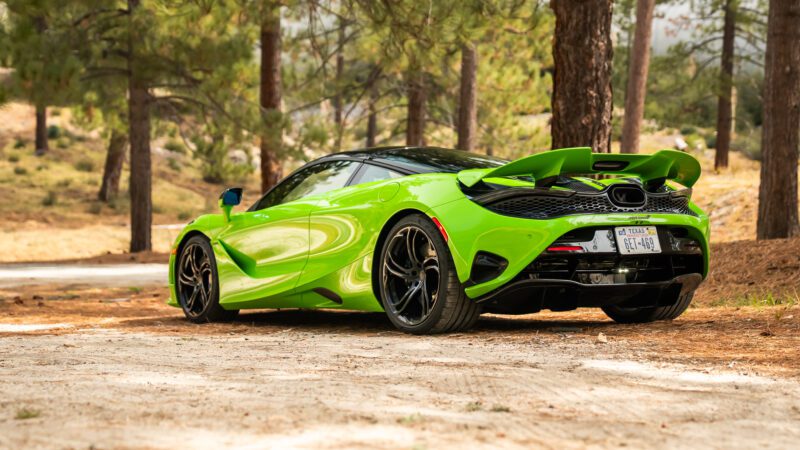
Recall that, at the time, a Ferrari 488 GTB produced 49 fewer horses at 661 hp while having to lug around more weight. The McLaren reduced its mass by adopting a carbon fiber structure, a component still reserved for Prancing Horses costing seven figures. And despite sending power to all four wheels, the 631-hp Lamborghini Huracan Performante couldn’t catch up. In case the Maserati MC20 comes to mind, it was just an idea in 2017, still wearing its original Alfa Romeo badge.
Ferrari’s response came a year later, in 2018, in the form of the 488 Pista. And if you have any doubts that the 720S was its intended target, take a peek at its 711-hp claimed output, just one over the McLaren’s. The F8 Tributo that followed inherited the Pista’s heart to remain competitive but, as such, didn’t make a significant performance leap. Woking’s over-achiever wasn’t completely dethroned until the rapid 818-hp 296 GTB arrived in 2021.

Lamborghini wasn’t quite as eager to turn up the power knob, remaining focused on delivering an experience rather than competing for the segment’s top spot. This wise decision yielded some of the best-sounding and most exciting supercars of the last decade, thanks mainly to the thrilling naturally-aspirated V10 that powered them. See the Huracan STO, Tecnica, and Sterrato.
The Raging Bull that will replace them, however, is a plug-in hybrid equipped with a 10,000-rpm twin-turbo V8 and three electric motors. Over in Maranello, the aforementioned 296 GTB also has a charging port, an electric motor, and an 8,500-rpm twin-turbo V6 at its center. While the folks over at Woking haven’t announced what comes after the 750S, it will most likely inherit a modified version of the W1’s 9,200-rpm twin-turbo V8 and electric motor plug-in hybrid combo.
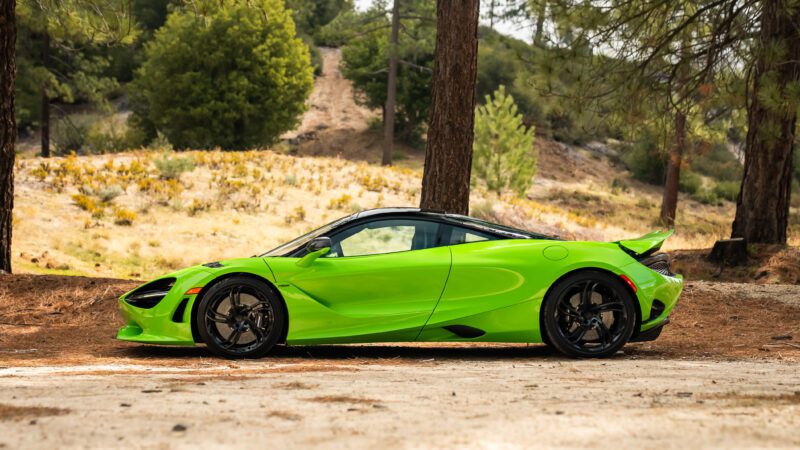
What we have now and in the near future is a consolidation of the supercar experience. While you can partly blame the tightening of emissions regulations, it’s clear that the 720S also pushed the horsepower wars to new heights. In fact, it was so ahead of its time that, when McLaren encountered repeated delays with the Artura program, the carmaker was able to borrow from the manic 765 LT, refresh the 720S, and still manage to compete for the industry’s top spot.
However, with more power comes the need for more advanced traction and stability systems to keep you on the road. Drive a supercar from the 1990s or the early 2000s, and you won’t be able to shake the feeling that it’ll bite back if not treated with respect. This fear is integral to creating a thrilling supercar experience. There has to be some element of danger, and it’s this very feeling that has been fading away as we enter the 2020s, with supercars across the board becoming ever friendlier and more tame.
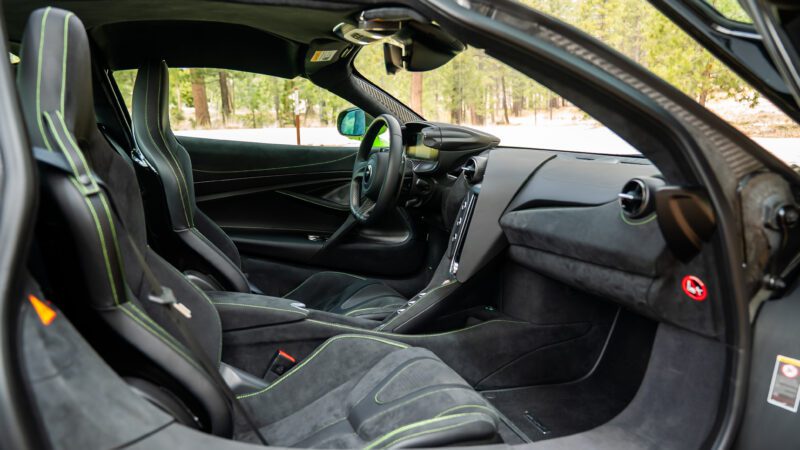
This Mantis Green McLaren 750S is far from the first I’ve ever driven. I won’t dive too deeply into its details, seeing as I covered it when it launched, and I road-tripped another from Monterey to Los Angeles last year. However, as I revisit it for the third time, the 750S remains the only supercar on sale that constantly warns that it will bite back if provoked.
While most modern exotics will allow you to dial back traction and stability control, these systems never truly disengage. You’ll be able to slide them around and light up their tires off the line, but there will always be an invisible helping hand. This is great if you want to feel like a hero behind the wheel, but not so much if having an engaging experience is the goal.

In contrast, while the McLaren 750S allows you to dial in your ideal yaw angle with its Variable Drift Control or progressively adjust its traction systems, it also leaves you feeling on your own with its software fully disengaged. Floor its accelerator without its guiding hand at play, and the 750S reveals a newfound edge to its persona. This newest iteration takes this a step further thanks to its shortened gears borrowed from the 765LT.
As you’d expect from a car that weighs a hair over 3,000 pounds and develops 740 hp and 590 pound-feet of torque from a 4.0-liter twin-turbocharged V8, its straight-line performance is as manic as it is impressive. However, this powertrain remains the least exciting part of this car. For one, it lags considerably if you’re not accelerating from high enough revs, and despite its exhaust system shooting blue flames, its note has an almost artificial tone that lacks any musicality.
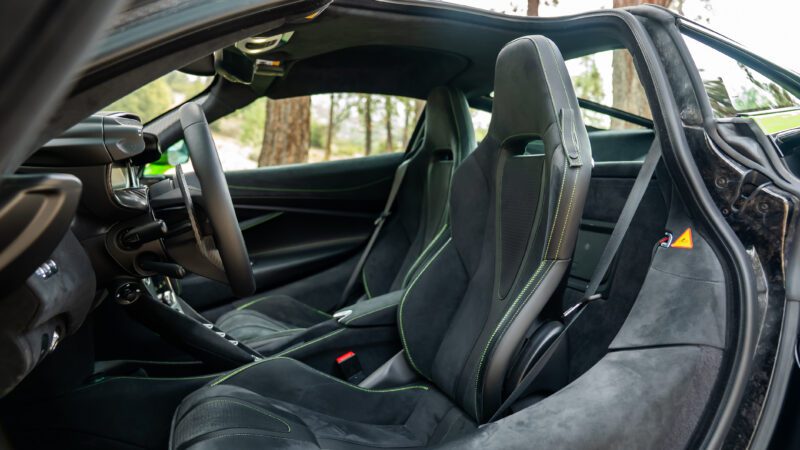
Please allow me to channel my inner Colin Chapman for a moment. The 750S is special because of its lack of weight and the abundance of feedback it provides its driver. Recall the 296 GTB? Despite it delivering a blistering performance both on the road and on the track, it weighs around 500 lb more than the McLaren. Truth is, batteries are heavy. The Temerario is even heftier with a curb weight of 3,725 lb, meaning it packs almost an extra 700 over Woking’s latest.
While modern tire and suspension technology are particularly capable of masking excess weight, nothing other than lightness manages to generate the behind-the-wheel sensation that enthusiasts crave. It’s the one thing that can’t be replicated and part of the reason why so many of us still keep a classic or two in our garages. In the words of French writer Antoine de Saint-Exupéry:
“To some, perfection is achieved when there is nothing more to add. To others, perfection is achieved when there is nothing left to take away.”
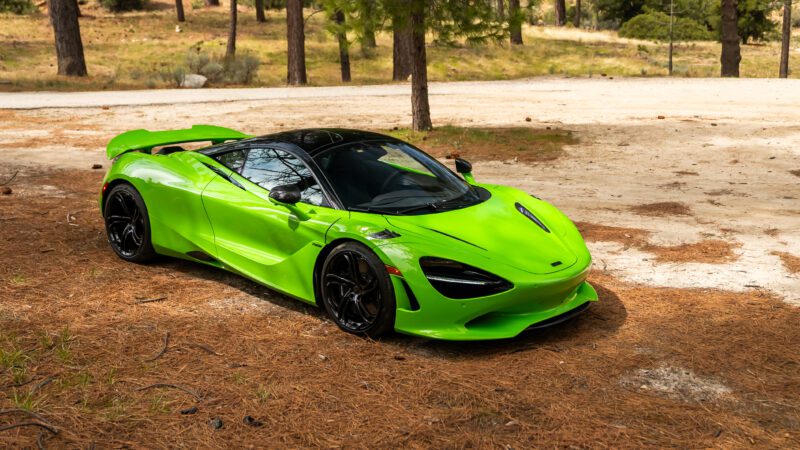
The McLaren 750S enhances the experience with its communicative hydraulic power steering, a high-effort brake pedal with minimal assistance, and the stiffness of its carbon fiber structure. It offers sensory overload in a way most modern cars can’t. Yet, because you can feel so much through its wheel and chassis, you can confidently push its limits with all of its systems dialed back. Should you overstep, you’ve all the information you need at your fingertips to recover.
This feeling of connectedness is fading in modern supercars. I’ve seen it gradually fade over the years I’ve focused on this industry, and if I had to guess, it’s about to get worse. New performance cars become more artificial with each new generation, and it’s for this very reason that the McLaren 750S marks the end of an era.
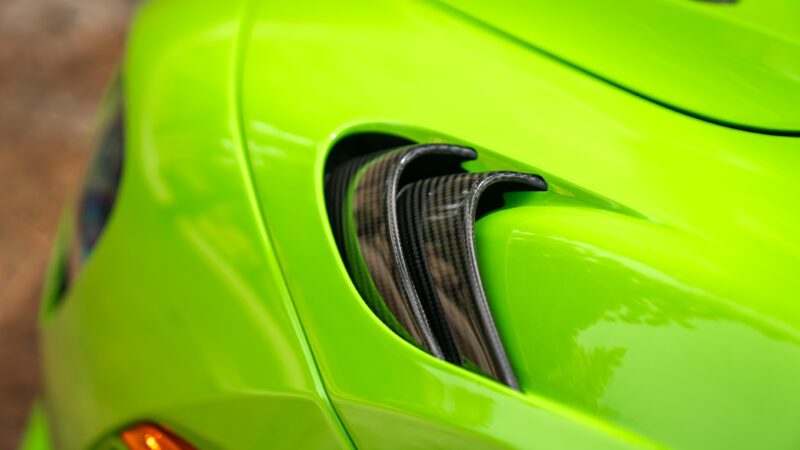
Sure, its replacement will likely retain much of its feel, as evidenced by the sensational Artura, but it will most likely gain some pounds in the process. And given that the W1’s V8 develops 915 hp on its own, the 750S’ successor will likely require a more attentive invisible hand to ensure its owners don’t veer off unintentionally.
The McLaren 750S isn’t the best car ever made. If that’s where you thought this was headed, I apologize. There are others within Woking’s back catalog better suited to fight for that title. However, it is the last of the truly intimidating supercars, bringing the chapter started by some of the best supercars ever made to a close.

Due to its immense power, lack of excess weight, and rear-wheel drive, it requires a high level of effort from its driver to tackle a track or a mountain road at high speeds. To find a more engaging drive, you’d have to dabble in the restomod space or turn to machines built before the 2000s. As the next generation of supercars inches ever closer, the 750S serves as a reminder that a thrilling experience can’t be artificially recreated.

